Tesla touchscreen wiper controls land driver with fine after crash
- Published

Tesla's touchscreen car controls should be treated as a distracting electronic device, a German court has decided.
A driver found himself facing a road ban after being involved in a crash in the rain.
The Tesla automatically started its wipers - but manually controlling the speed was done through the large central touchscreen, rather than a lever on the steering wheel.
The driver was punished under the same rules as using a phone while driving.
The Tesla Model 3 automatically adjusts the speed of the wipers depending on how heavy its sensors believe the rain is.
It can be switched on and off from the steering wheel, but adjusting the interval needs to be done on the touchscreen.
In this case, the driver had to navigate software menus and then choose from one of five settings, after touching an icon.
The accident occurred last year. This latest judgement came on 27 March this year, but has only recently come to light after being picked up by a German-language legal blog, external.
Screen distraction
The local court in Karlsruhe said the driver veered out of his lane while distracted with the console, driving into an embankment and some trees.
Despite acknowledging that the Tesla setup required "significantly more attention from the driver" than a traditional lever setup, it put the onus on the driver to keep their eyes on the road.
The Tesla's built-in touchscreen was, the court decided, an electronic device under the law designed to combat mobile phone use, which also mentioned touchscreens.
Those rules say that devices can only be used while driving if it amounts to a brief glance - and the driver must account for road conditions, traffic, visibility and weather.
After being handed a one-month ban and a €200 (£180) fine, the driver complained to the higher regional court. Windscreen wiper control was, he argued, a safety-related feature that he needed to access.
The higher court disagreed, backing the first judgement. Whether or not the screen was a permanent part of the car was irrelevant, it decided - and it did not matter why the driver was looking at a touchscreen while driving, only that he did so.
Tesla did not respond to a request for comment.
- Published15 July 2020
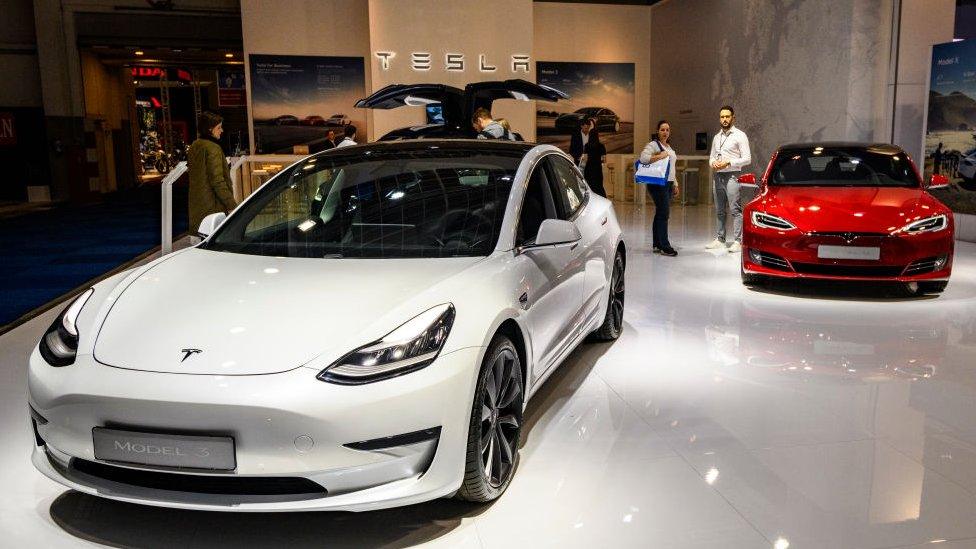
- Published9 July 2020
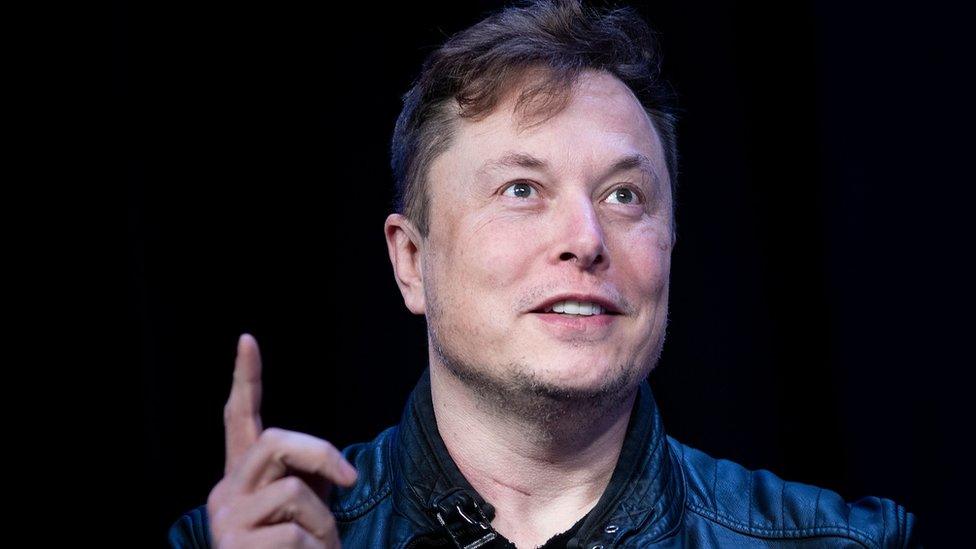
- Published1 July 2020
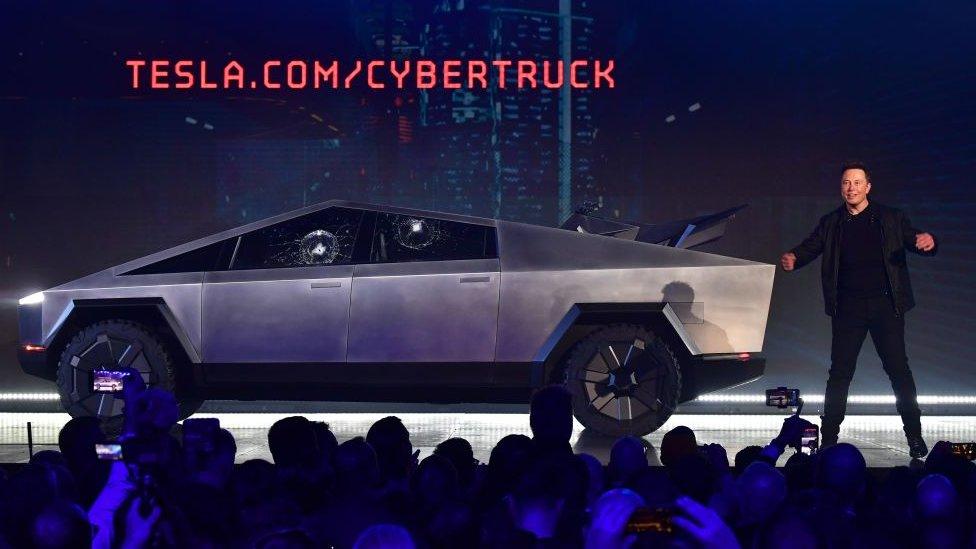
- Published8 June 2020
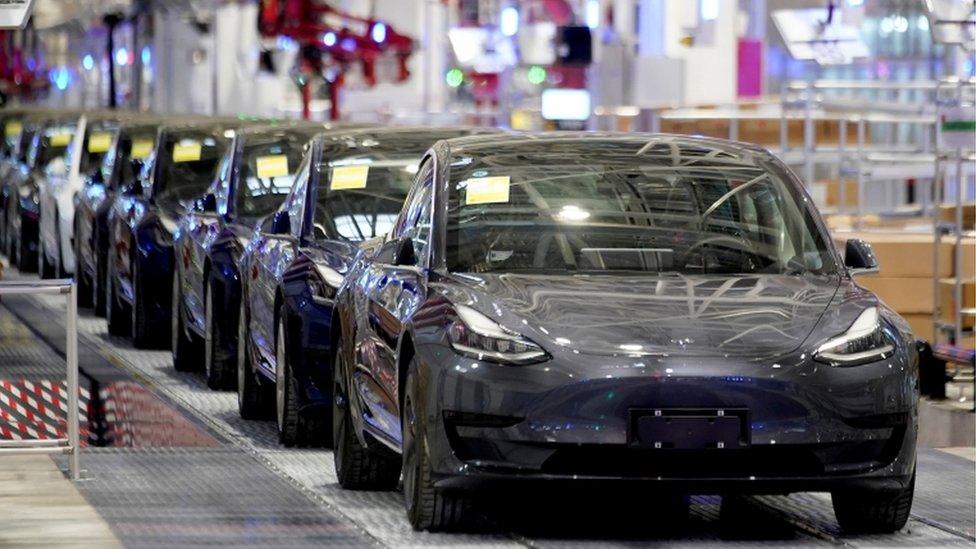
- Published30 December 2019
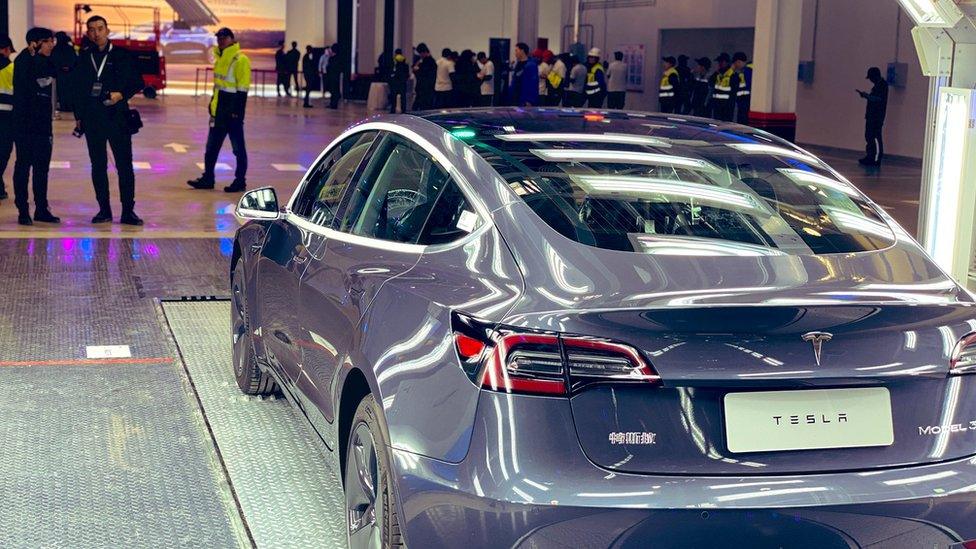
- Published4 February 2020
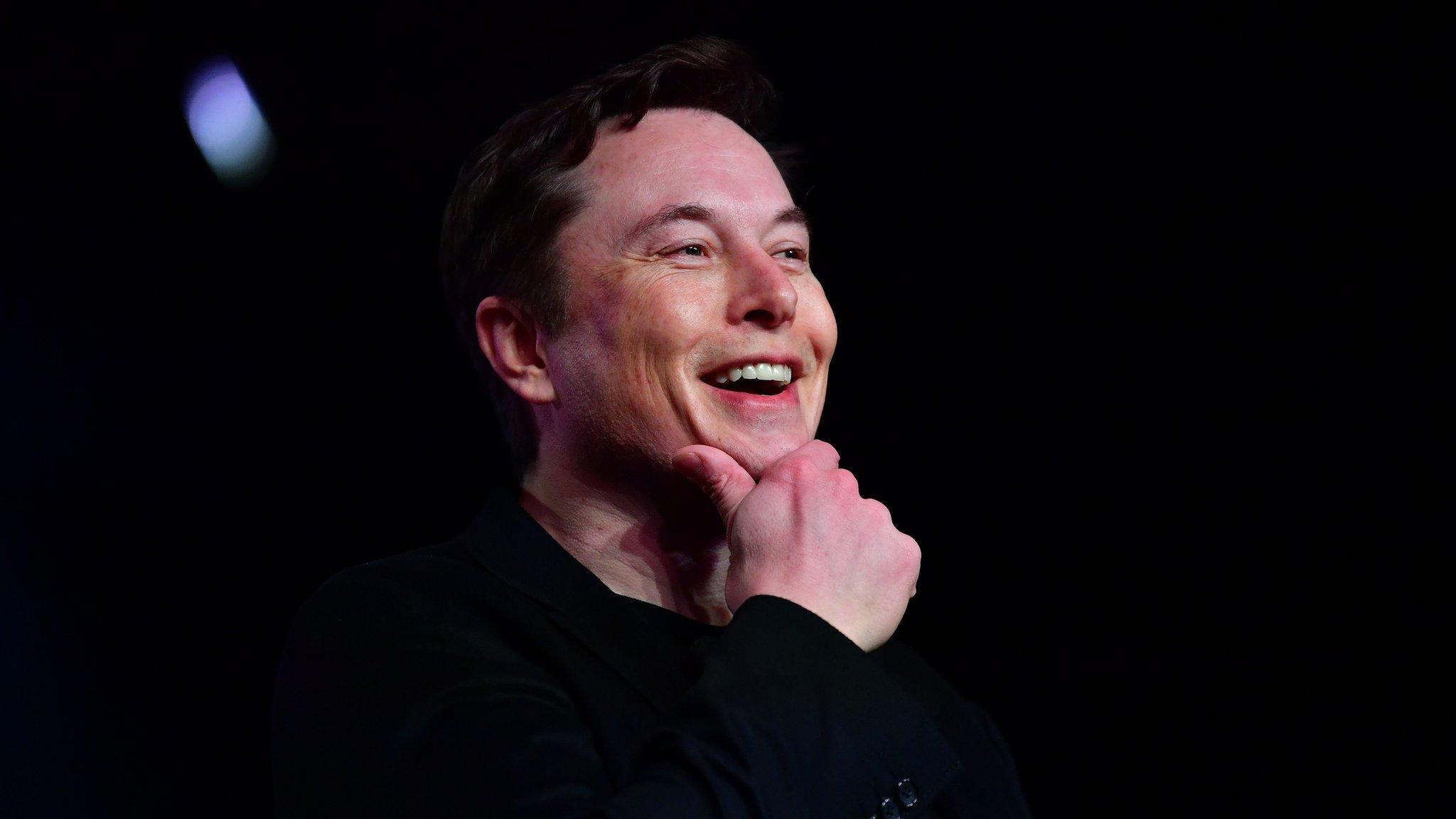
- Published13 May 2020
